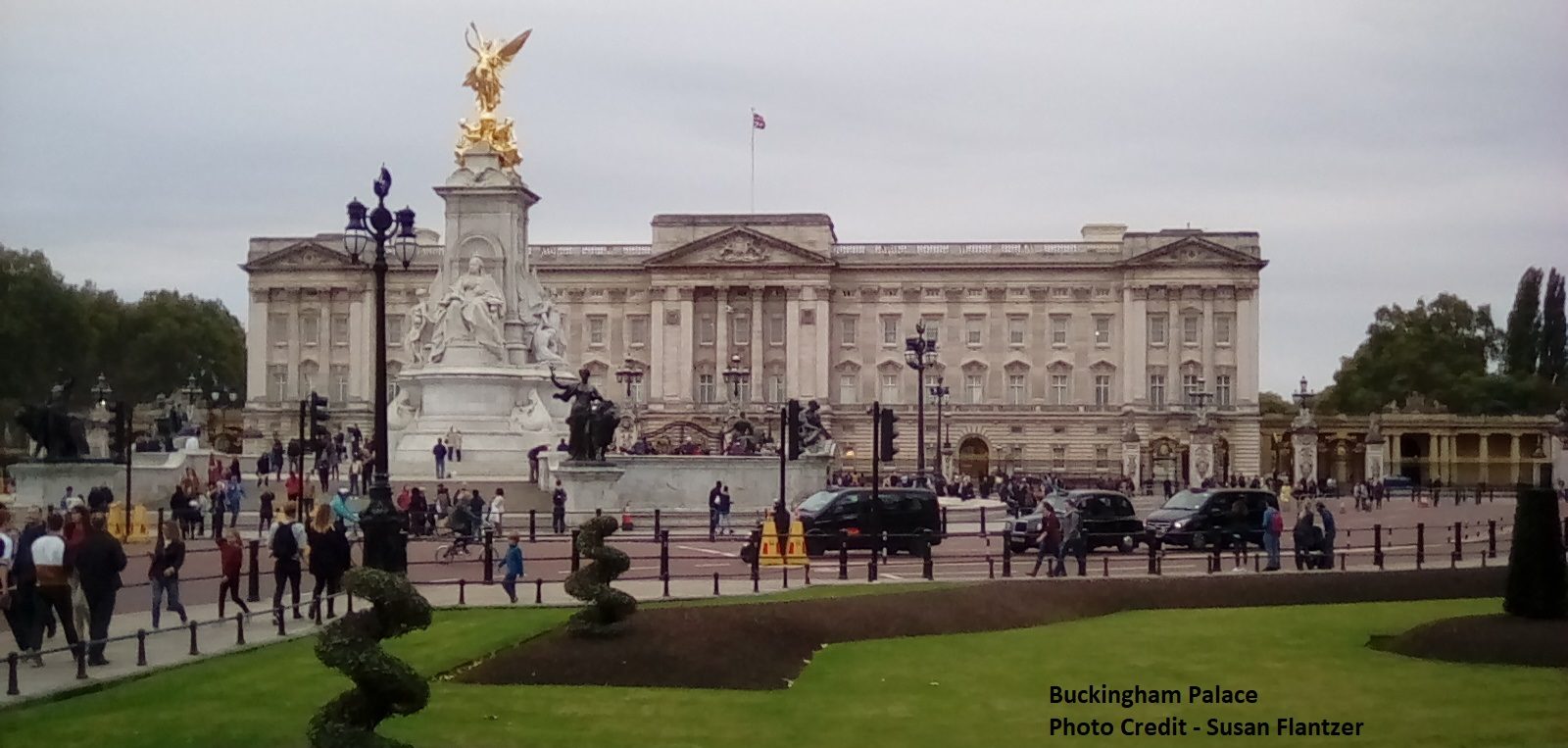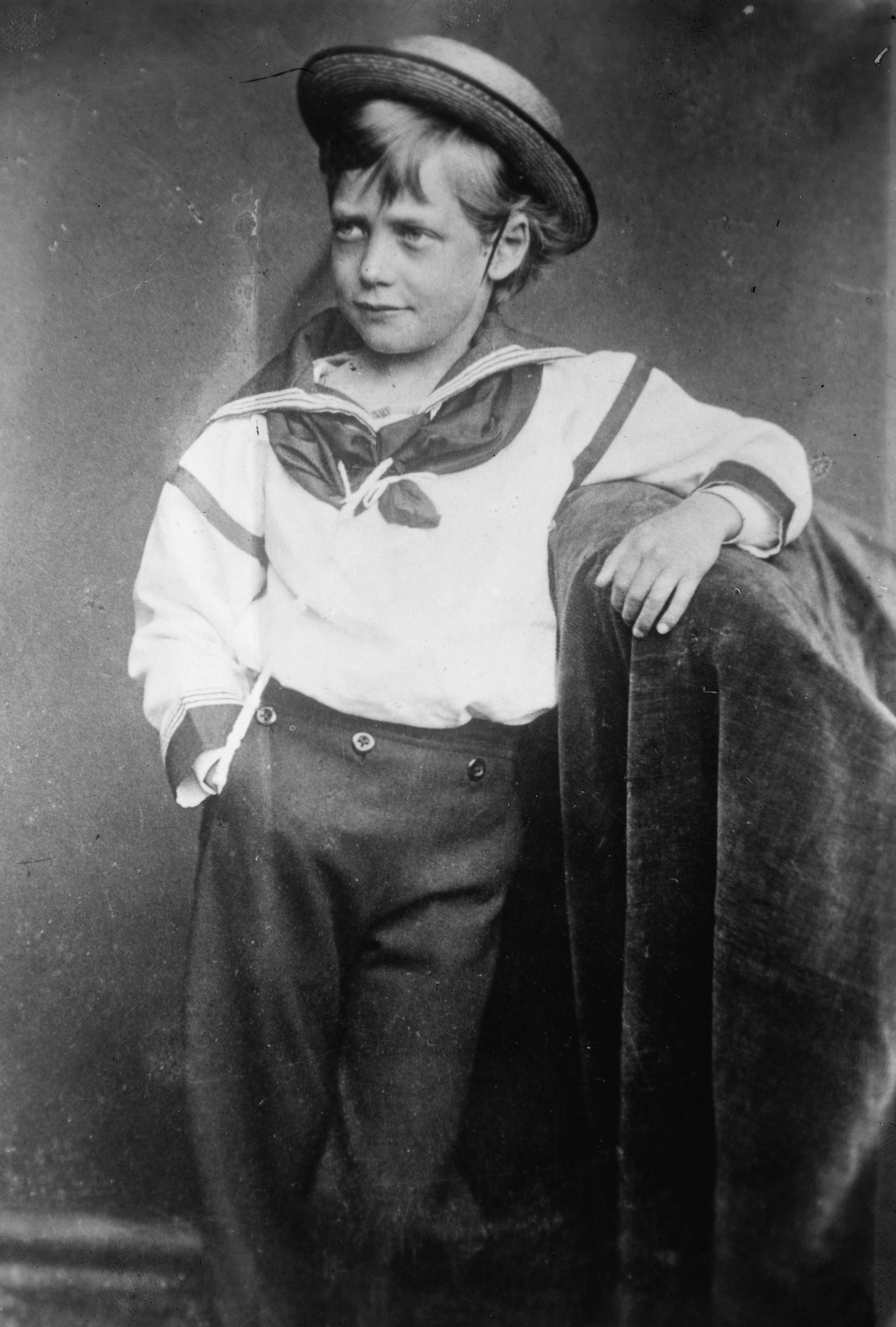© Unofficial Royalty 2024

Tomb of Edward the Black Prince at Canterbury Cathedral; Credit – Susan Flantzer
June 8, 1042 – Death of King Harthacnut of England at Lambeth, London, England; buried at Winchester Cathedral in Winchester, England
Harthacnut was the son of Cnut the Great, King of England, Denmark, and Norway and his second wife Emma of Normandy, the widow of Æthelred II the Unready, King of the English. He had two half-siblings who were also Kings of England: Harold Harefoot, King of England and Saint Edward the Confessor, King of England who succeeded him. On June 8, 1042, Harthacnut attended a wedding in Lambeth, London, England. As he was drinking to celebrate the wedding, according to the Anglo-Saxon Chronicle, “He died while standing with his drink. Suddenly he fell to the ground with violent convulsions.” Harthacnut was only 23-24 years old. There were unproven suspicions that he was poisoned and there were people who would have benefitted from his death. His death also could have been caused by a stroke due to excessive drinking. A 2015 study speculated that perhaps up to fourteen Danish kings, including Harthacnut, who suddenly died at a relatively young age without being ill, possibly died of Brugada Syndrome, a genetic disorder in which the electrical activity in the heart is abnormal. It increases the risk of abnormal heart rhythms and sudden cardiac death.
Unofficial Royalty: King Harthacnut of England
June 8, 1376 – Death of Edward, Prince of Wales, known as the Black Prince, son and heir of King Edward III of England, at the Palace of Westminster in London, England; buried at Canterbury Cathedral in Canterbury, Kent, England
Edward was one of the seven Princes of Wales who never became King. He is best known for his military career in the Hundred Years War. Around 1365, Edward contracted an illness that ailed him until he died in 1376. It was believed that he contracted dysentery, which killed more medieval soldiers than battle, but it is unlikely that he could survive a ten-year battle with dysentery. Other possible diagnoses include edema, nephritis, or cirrhosis. By 1371, Edward could no longer perform his duties and returned to England. In 1372, he forced himself to attempt one final campaign, hoping to save his father’s French possessions, but the prevailing winds off the shores of France prevented the ships from landing and the campaign was aborted. Edward’s health was now completely shattered. A week before his forty-sixth birthday, Edward died. His father King Edward III died a year later and was succeeded by his ten-year-old grandson King Richard II, the surviving son of Edward the Black Prince.
Unofficial Royalty: Edward, Prince of Wales (the Black Prince)
June 8, 1492 – Death of Elizabeth Woodville, Queen of England, wife of King Edward IV of England, at St. Saviour’s Abbey in Bermondsey, London, England; buried at St. George’s Chapel at Windsor Castle in Windsor, England
Elizabeth Woodville was the mother of Elizabeth of York who married King Henry VII of England. In 1487, two years into the reign of King Henry VII, she retired to Bermondsey Abbey in London, England where she lived for the rest of her life. She was present at the birth of her granddaughter Margaret Tudor at Westminster Palace in November 1489 and at the birth of her grandson, the future Henry VIII, King of England, at Greenwich Palace in June 1491. Elizabeth died at Bermondsey Abbey on June 8, 1492, at the age of 55. With the exception of her daughter Elizabeth, who was awaiting the birth of her fourth child, and her daughter Cecily, her other daughters, Anne, Catherine, and Bridget attended her funeral at St. George’s Chapel at Windsor Castle where Elizabeth Woodville was buried with her husband King Edward IV of England.
Unofficial Royalty: Elizabeth Woodville, Queen of England
June 8, 1671 – Death of Edgar Stuart, Duke of Cambridge, at Richmond Palace in Surrey, England; buried at Westminster Abbey in London, England in a vault under the monument to his great-great-grandmother Mary, Queen of Scots in the south aisle of the Henry VII Chapel
Born on September 14, 1667, Edgar was the youngest of the four sons of the future King James II of England, who was then Duke of York, and his first wife Anne Hyde. At the time of his birth, his three brothers who had been born before Edgar had all died. His only living siblings were his two elder sisters, the future Queen Mary II of England and the future Queen Anne of England, who turned out to be the only surviving children of their parents’ eight children. Until his early death, Edgar was second in the line of succession to the English throne after his father. Edgartown, Massachusetts on the island of Martha’s Vineyard, established in 1642, was named after Edgar when it was incorporated in 1671
Unofficial Royalty: Edgar Stuart, Duke of Cambridge
June 8, 1714 – Death of Dowager Electress Sophia of Hanover, granddaughter of King James I of England and mother of King George I of Great Britain, at Schloss Herrenhausen in Hanover, Electorate of Hanover, now in Lower Saxony, Germany; initially buried at the Chapel of Leineschloss in Hanover which was destroyed during World War II; in 1957 her remains were moved to the mausoleum of King Ernest Augustus I in the Berggarten of Herrenhausen Gardens.
In 1701, Parliament passed the Act of Settlement, giving the succession to the British throne to Sophia and her Protestant heirs because the Stuarts failed to produce a surviving heir. This act ensured the Protestant succession and bypassed many Catholics who had better claims to the throne. On June 5, 1714, 83-year-old Sophia fell ill after receiving an angry letter from Queen Anne of Great Britain. Two days later, while she was walking in the gardens of Schloss Herrenhausen, it began to rain quite heavily and Sophia ran to a shelter where she collapsed. She died the next day. Sophia narrowly missed becoming queen, having died two months before Queen Anne. Sophia’s son George, Elector of Hanover, became King George I of Great Britain, the first monarch of the House of Hanover.
Unofficial Royalty: Sophia, Electress of Hanover
June 8, 1795 – Death of Louis-Charles, Dauphin of France, Titular King Louis XVII of France, son of King Louis XVI and Marie Antoinette, at the Temple Prison in Paris, France; buried in the cemetery of Ste. Marguerite in Paris, France; his heart was interred at Basilica of Saint-Denis near Paris, France on June 8, 2004
Born in splendor at the Palace of Versailles, Louis-Charles died from tuberculosis at the age of ten, imprisoned at the Temple, the remains of a medieval fortress in Paris, after seeing his father Louis XVI, his mother Marie Antoinette, and his aunt Elisabeth led off to be beheaded. Of all the royal prisoners in the Temple, Louis-Charles’ sister Marie-Thérèse was the only one to survive.
Unofficial Royalty: Louis-Charles, Dauphin of France – Titular King Louis XVII of France
June 8, 2013 – Wedding of Princess Madeleine of Sweden and Christopher O’Neill at the Royal Chapel in the Royal Palace in Stockholm, Sweden
Following a broken engagement in 2010, Princess Madeleine moved to New York to work for the World Childhood Foundation, a charitable organization founded by her mother, Queen Silvia. It was here that she met Mr. O’Neill and the two quickly became a couple. The Swedish Royal Court announced their engagement in October 2012. Protocol dictates that members of the Royal Family must be Swedish citizens, and may not be involved in positions of responsibility in business. Mr. O’Neill continued working and did not apply for Swedish citizenship. He requested that he not be granted any royal status or title. Princess Madeleine did not take on Mr. O’Neill’s name and remained HRH Princess Madeleine.
Unofficial Royalty: Wedding of Princess Madeleine of Sweden and Christopher O’Neill
June 8, 2014 – Death of Prince Katsura of Mikasa, son of Prince Mikasa of Japan, grandson of Emperor Taishō of Japan, at the University of Tokyo Hospital in Tokyo, Japan; buried at the Toshimagaoka Cemetery in Tokyo, Japan
Prince Katsura was paralyzed from the waist down after suffering from a series of strokes in 1988 and used a wheelchair. Despite vision loss in his right eye, paralysis, and memory issues, he remained active in public life and was president of various charity organizations. He died from a massive heart attack at the age of 66. Since Prince Katsura never married and his two brothers only had daughters, his death marked the end of his father’s branch of the Japanese Imperial Family.
Unofficial Royalty: Prince Katsura of Mikasa
This article is the intellectual property of Unofficial Royalty and is NOT TO BE COPIED, EDITED, OR POSTED IN ANY FORM ON ANOTHER WEBSITE under any circumstances. It is permissible to use a link that directs to Unofficial Royalty.









